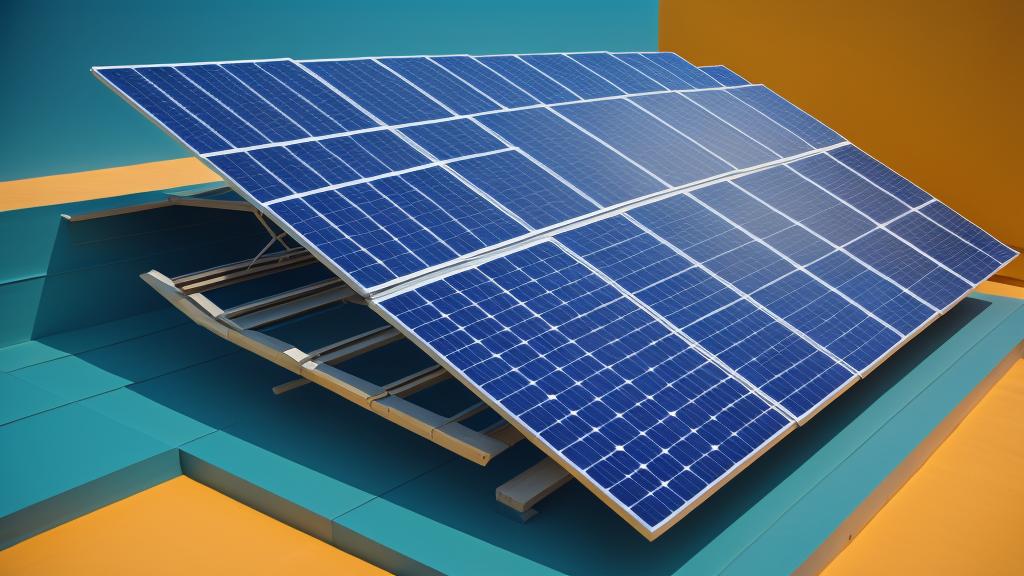When considering solar panels, most homeowners focus on the type and efficiency of the panels themselves. However, one of the most crucial aspects often overlooked is the layout. Proper solar panel layout maximizes energy production and ensures long-term viability. Here's everything you need to know about optimizing your roof space for solar panels.
### Understanding your roof
Before setting up any solar installation, it's imperative to understand the specifics of your roof. The size, shape, and orientation can significantly impact the performance of your solar panels. Flat roofs offer more flexibility in panel placement compared to steep or irregularly shaped roofs. Inspect your roof for shading from trees, chimneys, or nearby buildings. Even partial shading can drastically reduce energy output.
### Types of layouts
Several types of layouts can be considered based on your roof characteristics. The most common configurations include:
1. **Landscape layout**: This horizontal orientation is commonly used for wider roofs. It offers ease of installation and maintenance since panels are easier to access.
2. **Portrait layout**: Configured vertically, this layout is ideal for narrow or tall roofs. It might be preferable for minimizing shading from debris and snow buildup.
3. **Mixed layout**: Combines landscape and portrait layouts to optimize panel placement, considering roof obstructions and maximum sunlight exposure.
4. **Staggered layout**: Panels are placed in a step-like manner, useful for roofs with varying elevations or multiple roof peaks.
### Calculating the optimal angle
The angle at which the panels are installed can make a huge difference in their performance. While the ideal angle depends on your geographical location, a general rule of thumb is to tilt the panels at an angle equal to your latitude. Adjustable mounts can help ensure that panels are at the optimal angle throughout the year.
### Inverter placement
Inverters are essential for converting the Direct Current (DC) produced by the panels into Alternating Current (AC) usable by your household appliances. Proper placement of inverters is crucial—they should be as close as possible to the solar panels to minimize transmission loss. Inverters must also be installed in shaded, well-ventilated areas to prevent overheating.
### Panel spacing
Adequate spacing between panels ensures they are not shaded by neighboring panels, maintaining consistent energy output. While some installers may place panels closely to maximize coverage, it's better to leave small gaps to improve efficiency.
### Maintenance considerations
A well-thought-out layout makes maintenance easier. Panels that are too close to each other can be problematic when it comes to cleaning or replacing a single panel. Ensure that there is enough room to walk between rows of panels.
### Using technology for layout design
Modern technology has simplified the process of designing solar panel layouts. Tools like 3D modeling software and aerial imagery can provide accurate simulations of sunlight exposure on your roof. Applications like Google’s Project Sunroof can offer an initial assessment, while professional solar design software can refine these calculations to optimize the layout.
### Future-proofing your installation
Consider the long-term benefits and potential upgrades. This includes integrating battery storage for excess energy and allowing space for additional panels as your energy needs grow. Make sure your layout can accommodate future technological advancements, such as more efficient solar cells or smart grid capabilities.
### Regulations and permits
Local building codes and zoning regulations might affect your solar panel layout. Ensure you consult with both your solar installer and local authorities to meet all legal requirements.
### Conclusion
The right solar panel layout can enhance performance, simplify maintenance, and future-proof your investment. By taking the time to carefully plan and consider factors such as roof characteristics, shading, and spacing, you can maximize the benefits of your solar installation for years to come. The integration of advanced technology and consideration of future needs can make your solar journey both efficient and sustainable.
Don't leave your solar panel layout to chance; it's an important part of maximizing your energy efficiency and ensuring a reliable, long-term solution. Consulting with professionals and leveraging modern design tools can guide you toward an optimal configuration tailored to your unique situation.
Maximizing roof space: The ultimate guide to solar panel layouts

